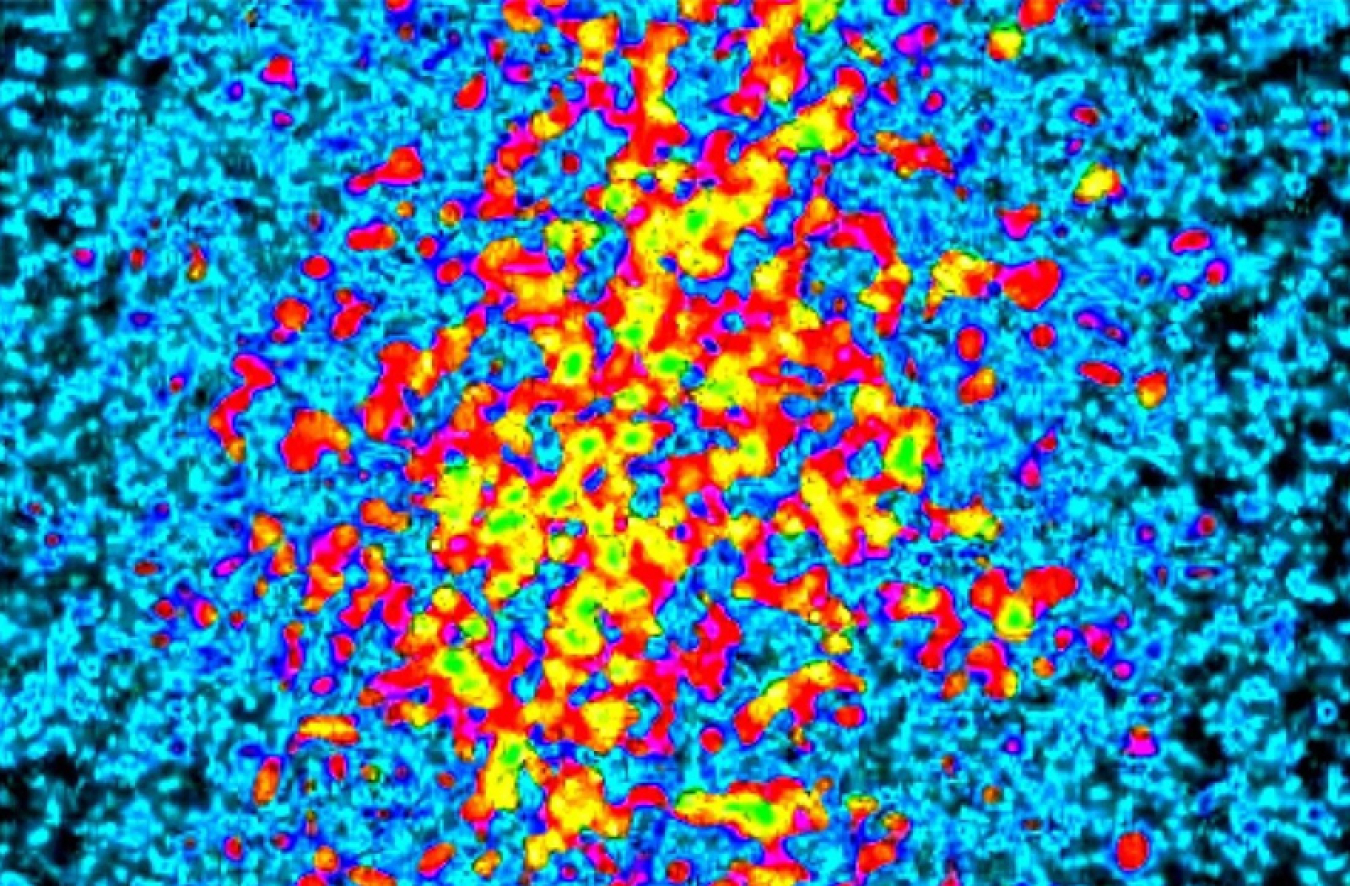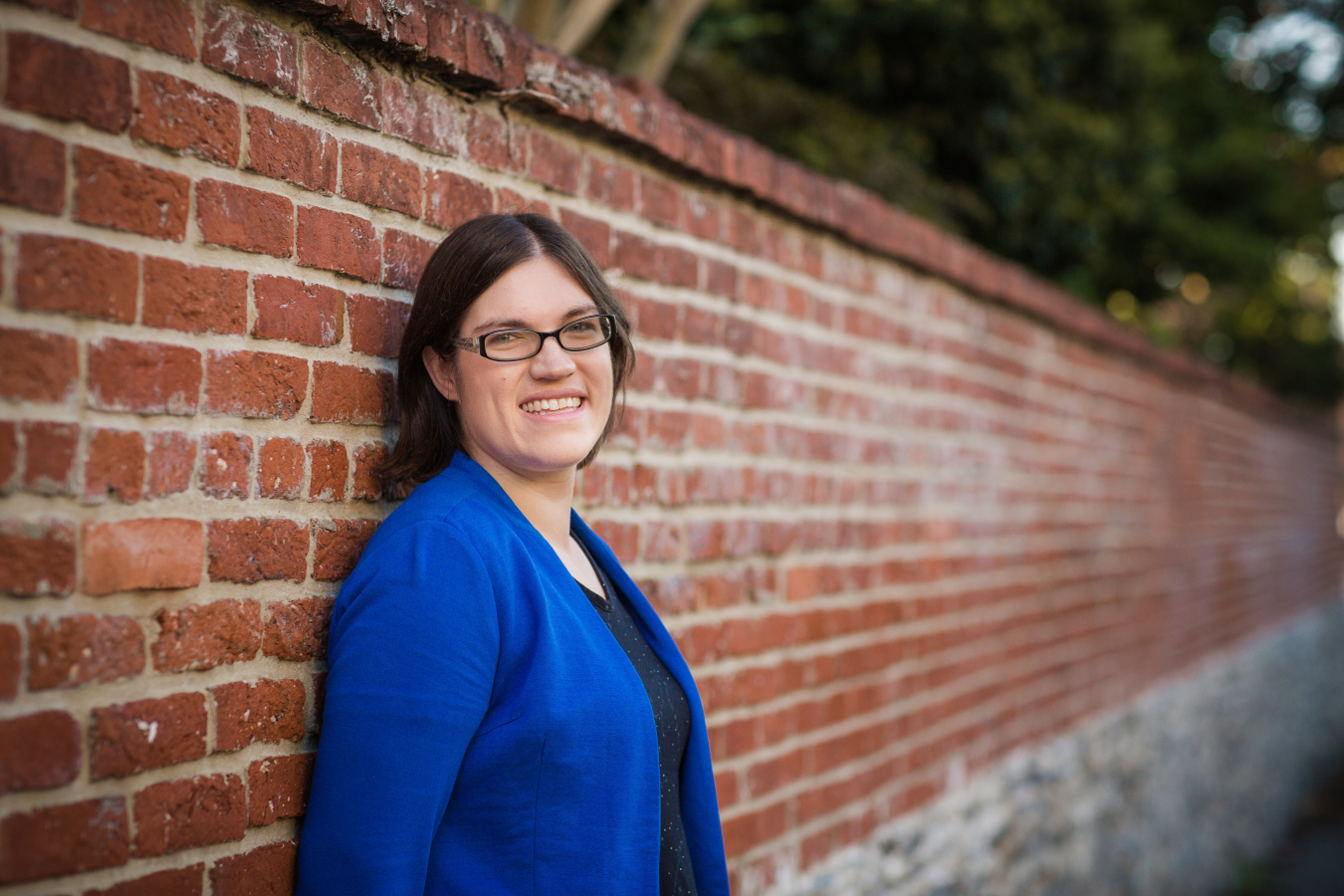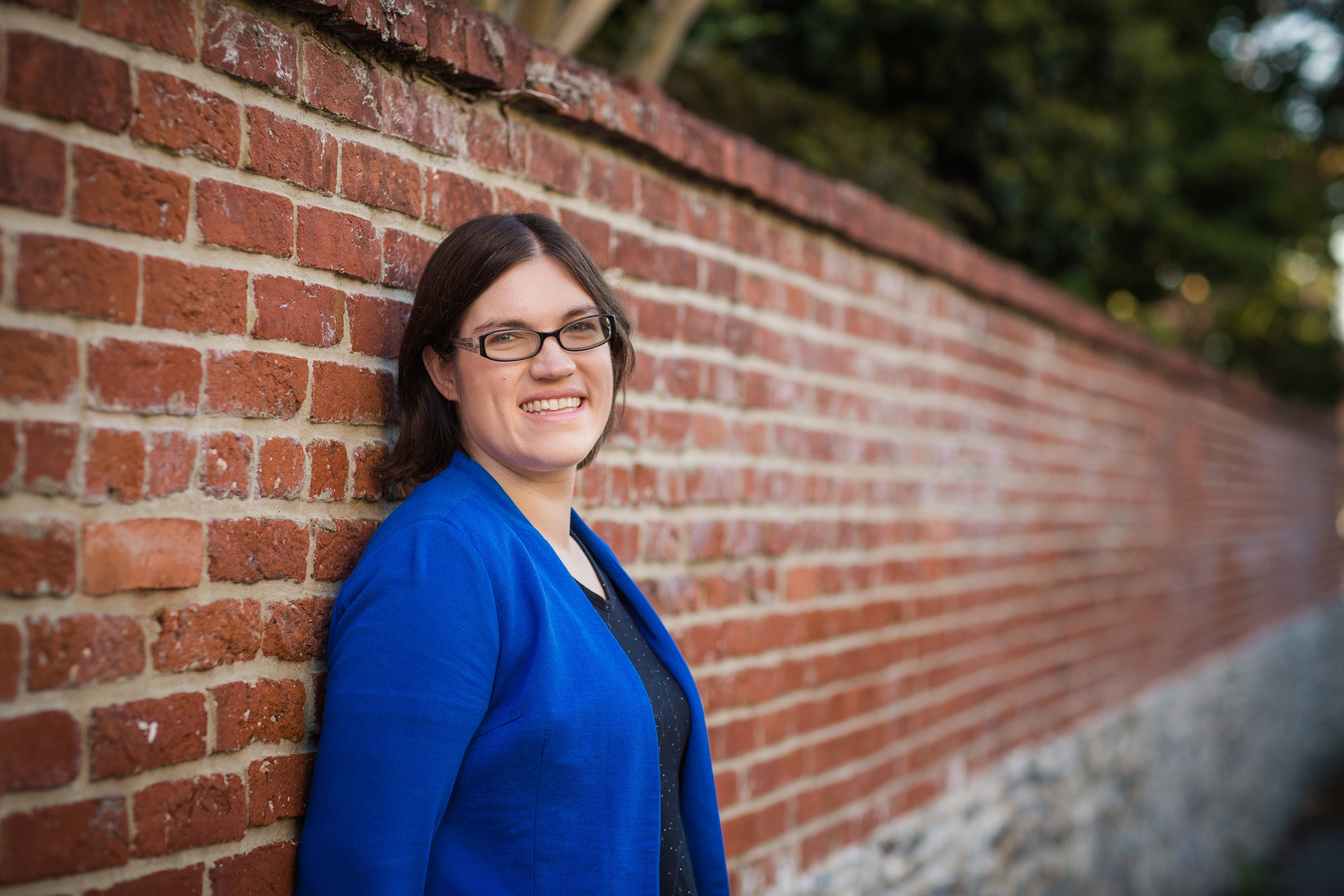A technique from DOE’s SLAC National Accelerator Laboratory accelerates and improves how scientists examine X-ray images.
June 1, 2023
Ever play the “Spot the Difference” game, where you find tiny differences between two images? Now imagine there were big splotches of ink across each picture. It would be a lot harder. Scientists using X-rays to study materials faced a similar problem. Researchers at the Department of Energy’s SLAC National Accelerator Laboratory developed an artificial intelligence technique to help them solve it.
Scientists often use massively powerful X-rays like superfast cameras. Just like you might X-ray a broken arm, scientists X-ray materials to see inside of them. The X-rays scatter off the material and a device detects one photon (a particle of light) at a time. The detection produces a speckled pattern, which represents the structure of the material at the level of atoms.
Often, researchers will shoot the same material twice with an X-ray, with the pulses just moments apart. This technique allows them to get snapshots of the exact same system at two different points in time. Knowing how these systems change can help scientists better understand current materials and develop new ones. This information can help them build better computers, communications devices, and other technologies.
Researchers gain this understanding by comparing the images and figuring out what changed from one to the other. But every photon that the device detects also creates an electrical charge. If there are too many photons, the charges merge into a blob. That obscures the differences between the images. As a result, scientists have to take even more data to get a useful image.
The new artificial intelligence method makes comparing the images much simpler and faster. In fact, it’s 10 times faster than previous methods. When it’s combined with improved hardware, it’s 100 times faster. It also expands the types of materials that scientists can study with this X-ray method. For example, they may now be able to study high-temperature superconductors, which can conduct electricity without losing any energy to heat. Because scientists will be able to take and analyze data in real time, they will be able to adjust data collection on the fly. This change would allow them to save time and explore intriguing results right away. Lastly, this technique should help scientists process data that the upgraded X-ray light source LCLS will produce. Called the LCLS-II, the upgraded X-ray will collect up to a million images per second compared to the previous LCLS’s 100 images per second.
Shannon Brescher Shea

Shannon Brescher Shea (shannon.shea@science.doe.gov) is the social media manager and senior writer/editor in the Office of Science’s Office of Communications and Public Affairs. She writes and curates content for the Office of Science’s Twitter and LinkedIn accounts as well as contributes to the Department of Energy’s overall social media accounts. In addition, she writes and edits feature stories covering the Office of Science’s discovery research and manages the Science Public Outreach Community (SPOC). Previously, she was a communications specialist in the Vehicle Technologies Office in the Office of Energy Efficiency and Renewable Energy. She began at the Energy Department in 2008 as a Presidential Management Fellow. In her free time, she enjoys bicycling, gardening, writing, volunteering, and parenting two awesome kids.


